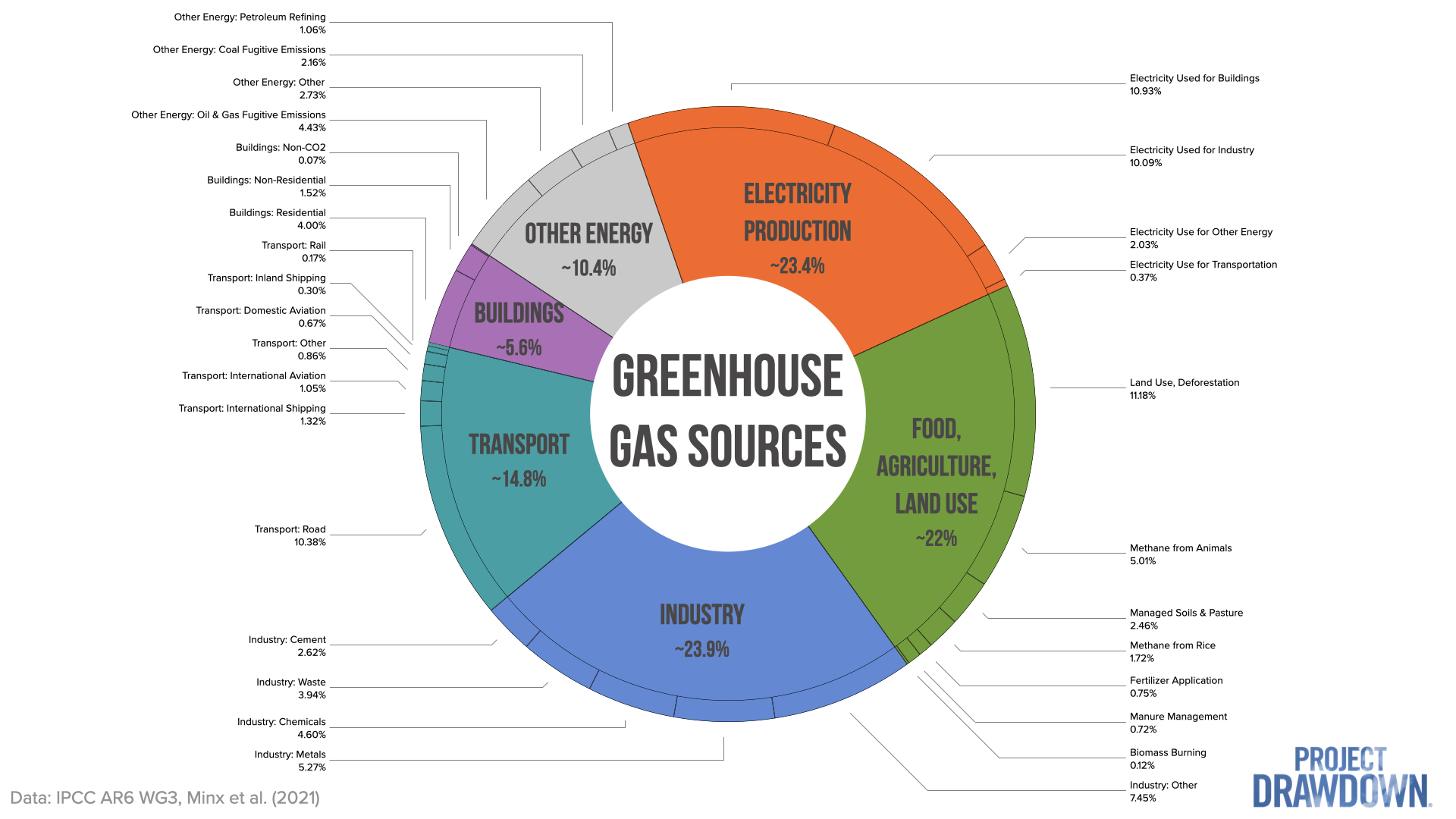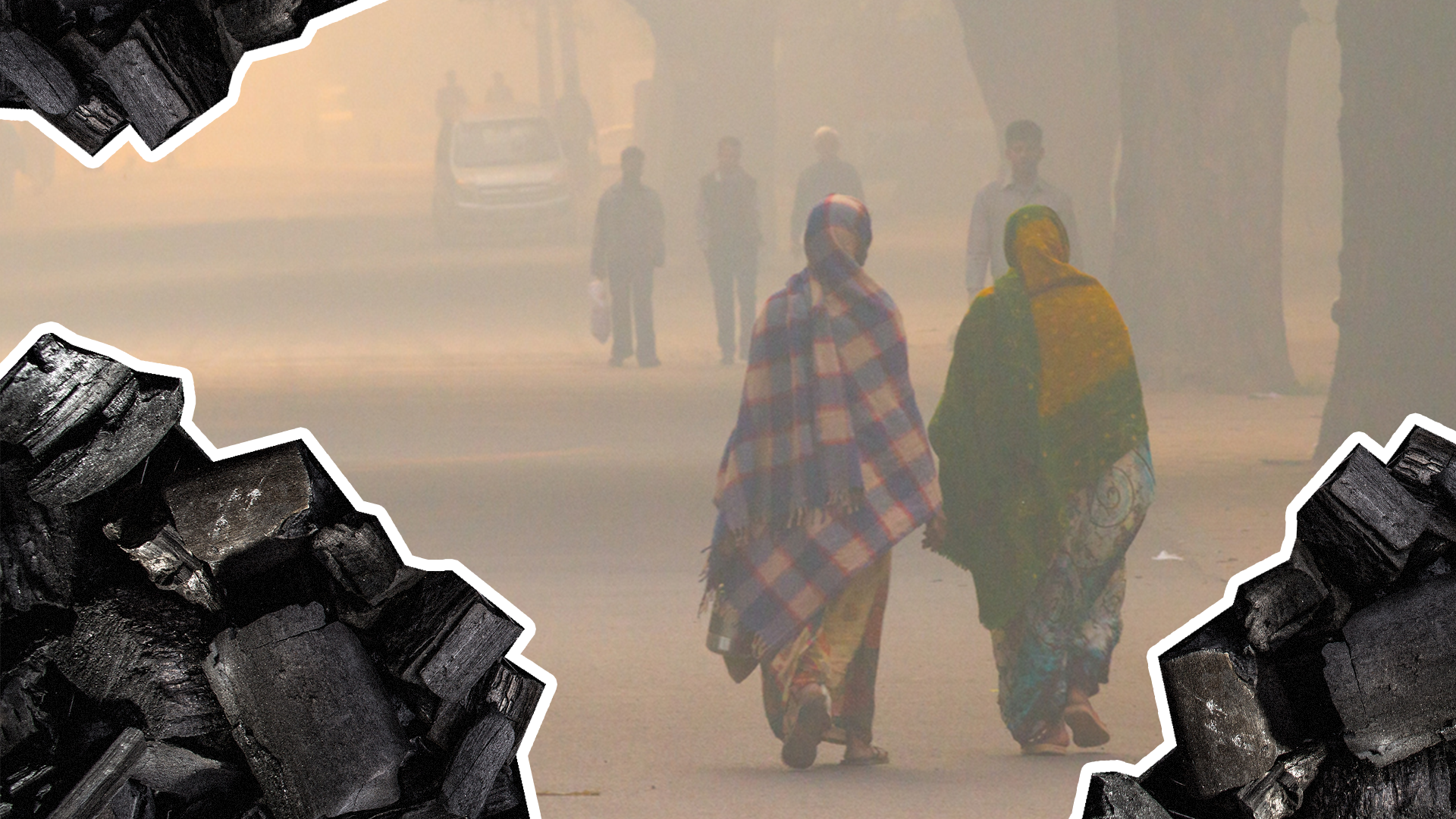The systems we use to feed humanity have created a huge problem for Earth’s climate. But they also offer a huge opportunity to help halt climate change.
“Using available technologies and practices, we can meet every person’s food needs while also neutralizing the food system’s impact on climate,” says Project Drawdown executive director Jonathan Foley, Ph.D., who is leading the initiative. “We just need to apply the right combinations of solutions in the right place at the right time.”
To that end, Project Drawdown is launching Drawdown Food, a major new initiative to reduce the food system’s contribution to climate change. The initiative will lead research to define and refine best practices for enhancing global food security while minimizing adverse climate impacts. And it will apply that research to provide actionable information on ways movers and shakers can downsize greenhouse gas emissions from food and agriculture and make the most of the land’s capacity to draw carbon dioxide out of the atmosphere – based on timing, location, ancillary benefits, and more.
Alta Futures and the ZG Foundation are providing broad support for Drawdown Food’s analyses to better understand the food sector’s contributions to climate change and how food sector solutions can best be deployed to reduce this contribution. Funding from the Global Methane Hub will allow the Drawdown Food team to identify and deploy strategies to reduce methane emissions in food, agriculture, and land use. And the Asia Philanthropy Circle is underwriting work specific to Southeast Asia.
In the weeks and months ahead, you’ll find regular reports on research-based intelligence at Drawdown Food, here at Drawdown Insights, and shared through webinars, presentations, and research publications. Corporations, impact funders, and philanthropists will have opportunities to tap into the growing knowledge base and use it to maximize the impact of their climate efforts.
Most of all, the knowledge generated and shared will show the way to a food system that is healthier, not just for the climate and other planetary systems, but for all of humanity.
We invite and encourage you to join us on this journey. Keep up to date by subscribing to our biweekly newsletter and following us on social media.






